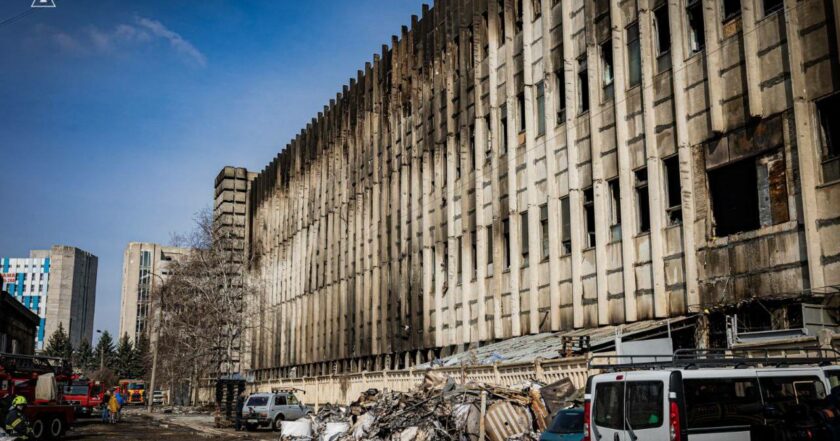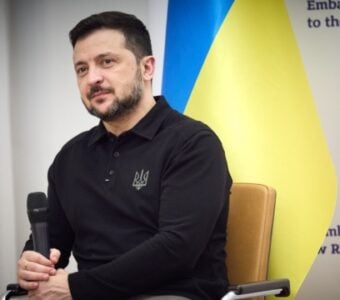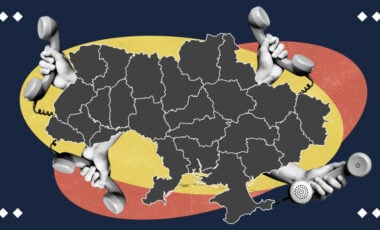Russia will continue striking Ukraine's critical infrastructure – British intelligence

Photo: State Emergency Service of Ukraine
British intelligence suggests that Russia will continue conducting air strikes on critically important targets in Ukraine using long-range aviation,
The Ministry of Defense of the United Kingdom states that Russia launched its first large-scale strike on Ukraine in over a month, utilizing long-range aviation, on March 21. It has been 44 days since the previous airstrike in Kyiv, Rubryka reports.
During yesterday's attack, Russia deployed at least ten Tu-95 bomber aircraft from airbases in Olenegorsk and Engels and MiG-31 fighter jets. At least 20 missiles were launched, including the latest Kh-101/Kh-102 cruise missile and the "Kinzhal" ballistic missile, primarily targeting facilities in the Ukrainian capital.
British intelligence suggests that such a prolonged pause in Russian long-range aviation strikes may be due to management and planning issues.
"Sanctions likely limited Russia's access to key components of both aircraft and missiles. Successes of the Ukrainian air defense likely complicated Russian mission planning as well," the summary states.
British intelligence believes that Russia will almost certainly continue striking critically important targets in Ukraine, seeking to maintain pressure on the Ukrainian government and population. This campaign, in which tactical aviation, including fighters and helicopters, has limited impact on the course of the conflict, analysts note.
Massive Russian attack on March 22
On Friday, March 22, the Russian army deployed the Tu-95MS strategic bombers, which launched Kh-101/555/55 cruise missiles at Ukraine. Explosions were heard in several Ukrainian cities. Air defense systems were operational, but there were hits in several cities, including critical infrastructure facilities.
Russian troops attacked the northeastern city of Kharkiv with ballistic missiles, with about 15 explosions reported in the city. They targeted the energy infrastructure, causing a power outage and water supply problems.
During the Russian massive attack, Zaporizhzhia was rocked by 12 explosions. Uhtoritird reported casualties; seven buildings were destroyed, and dozens were damaged.
The Russian forces targeted the Dnipro HPP. The occupied Zaporizhzhia Nuclear Power Plant (ZNPP) is threatened by a blackout; the line to ZNPP is de-energized.
Power outages are also reported in the Dnipro, Poltava, and Sumy regions in Ukraine's center and north. Hits on critical infrastructure facilities are recorded in Ivano-Frankivsk, Vinnytsia, Mykolaiv, and Odesa regions in the west and south of the country. In several regions, power outage schedules have been introduced.
The massive attack on Zaporizhzhia killed at least one person and injured eight. Casualties are also reported in the western Khmelnytskyi region. People are being searched for under the rubble of the destroyed building.
Overall, the Russian forces launched over 150 drones and missiles of various types across Ukraine on March 22. Air defense forces downed 55 "Shahed" drones and 37 missiles.
The massive Russian strike on Ukraine overnight killed at least five people and injured 14–16 people. Three are considered missing.






















































